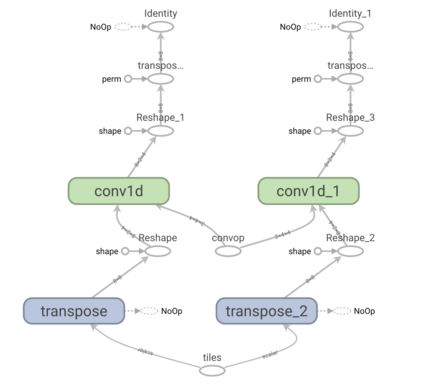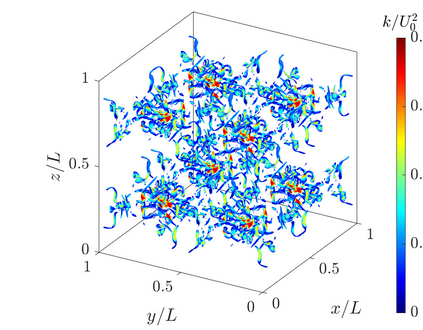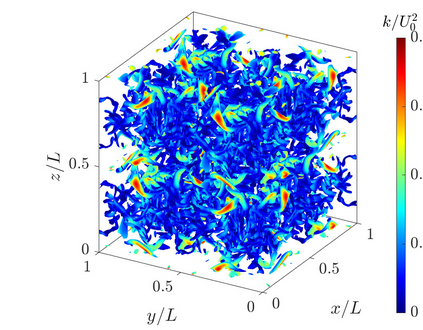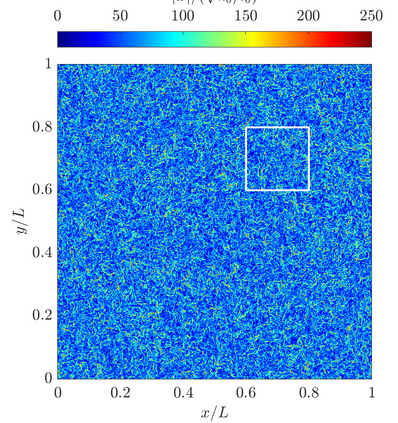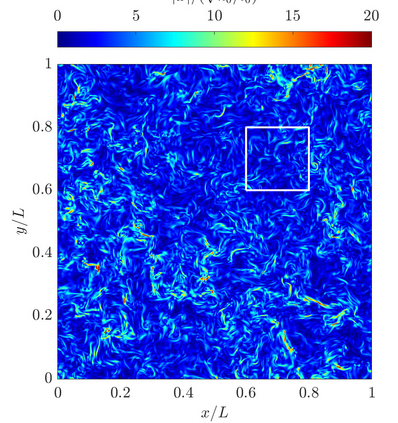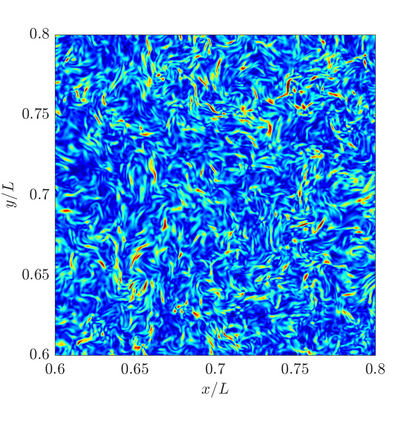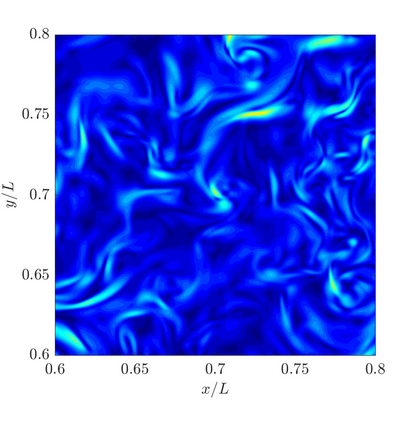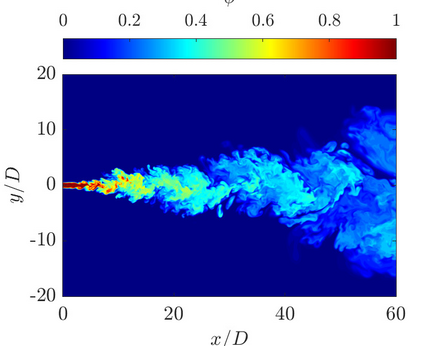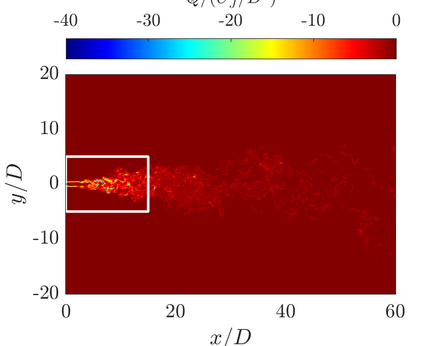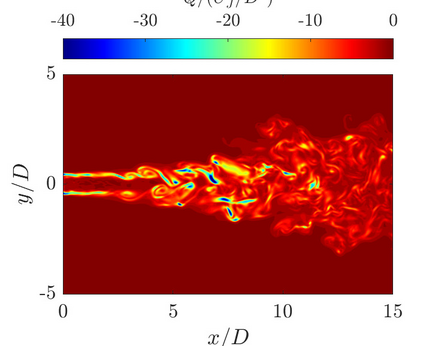A computational fluid dynamics (CFD) simulation framework for fluid-flow prediction is developed on the Tensor Processing Unit (TPU) platform. The TPU architecture is featured with accelerated dense matrix multiplication, large high bandwidth memory, and a fast inter-chip interconnect, making it attractive for high-performance scientific computing. The CFD framework solves the variable-density Navier-Stokes equation using a low-Mach approximation, and the governing equations are discretized by a finite-difference method on a collocated structured mesh. It uses the graph-based TensorFlow as the programming paradigm. The accuracy and performance of this framework is studied both numerically and analytically, specifically focusing on effects of TPU-native single precision floating point arithmetic. The algorithm and implementation are validated with canonical 2D and 3D Taylor-Green vortex simulations. To demonstrate the capability for simulating turbulent flows, simulations are conducted for two configurations, namely decaying homogeneous isotropic turbulence and a turbulent planar jet. Both simulations show good statistical agreement with reference solutions. The performance analysis shows a linear weak scaling and a superlinear strong scaling up to a full TPU v3 pod with 2048 cores.
翻译:在Tensor处理器平台上开发了一个用于流流预测的计算流动态模拟框架(CFD) 。 TPU结构结构以加速密度矩阵倍增、大型高带内存和快速断裂互连为特点,使得它对于高性能科学计算具有吸引力。 CFD框架使用低兆赫近似值解决了可变密度纳维- Stokees 方程式,而治理方程式则通过一个固定的系统结构网格上的有限差异法分离。它使用基于图形的TensorFlow作为编程范式。这个框架的准确性和性能通过数字和分析两种方式加以研究,具体侧重于TPU的单一精确浮动点的计算效果。计算法和实施过程通过2D和3D Taylor- 旋涡模拟来验证。为了显示刺激动荡流的能力,对两种配置进行了模拟,即腐蚀性等同性等式流和扰动平式平式平面平流。 两种模拟都以数字和分析为强有力的统计协议, 以参考式解决方案显示高压的模型3 。 性分析显示一个微的直径直径缩缩缩缩至T。











